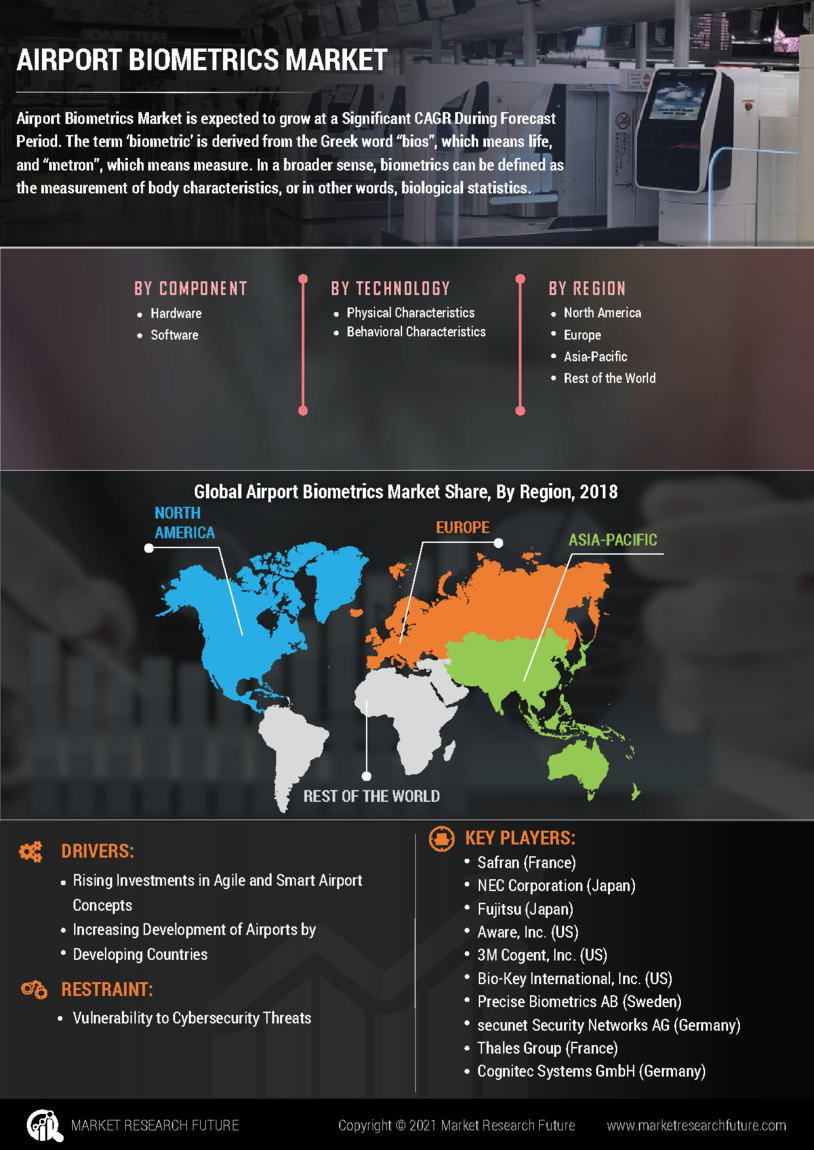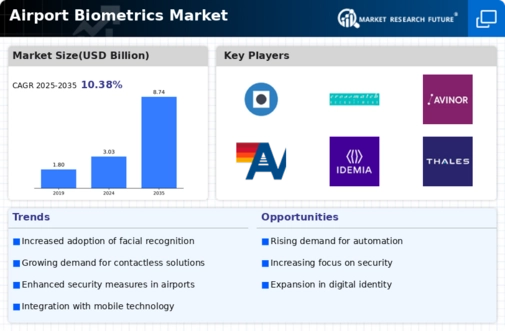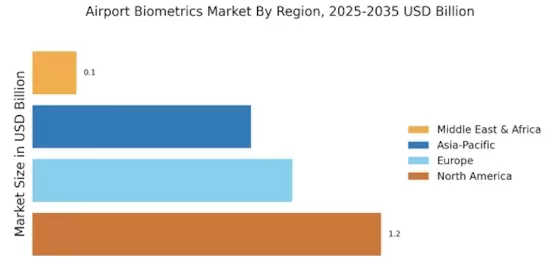The Airport Biometrics Market is a rapidly evolving sector that integrates advanced technology to enhance airport security and streamline passenger processing. The increasing emphasis on improving traveler experience while ensuring safety drives innovation in biometric systems such as facial recognition, fingerprint scanning, and iris recognition.
As security concerns remain a paramount challenge for airport authorities worldwide, the demand for biometrics solutions continues to grow. This market features a dynamic competitive landscape with key players focusing on research and development, strategic partnerships, and the introduction of tailored solutions to gain a competitive edge.
Factors such as regulatory compliance, cost efficiency, and integration with existing infrastructure further influence competitive strategies, shaping the future trajectory of this market.
VisionBox stands out in the Airport Biometrics Market for its commitment to providing innovative and seamless travel solutions that enhance passenger experience and operational efficiency. By leveraging state-of-the-art biometric technology, VisionBox enables airports to simplify identity verification processes, reducing the time spent in queues and enhancing overall customer satisfaction.
The company's strengths lie in its deep understanding of operational needs within the airport environment, allowing for customized solutions that meet specific client requirements. Furthermore, VisionBox's expertise in integrating biometric systems with existing airport processes promotes an adaptive approach, ensuring smooth deployment and functionality across various airport infrastructures.
This positions VisionBox as a strong competitor in the biometrics space as it continually evolves its offerings to accommodate the changing landscape of air travel security.
Crossmatch, on the other hand, is recognized for its versatile biometric solutions tailored for the Airport Biometrics Market. Known for its advanced fingerprint and facial recognition technology, Crossmatch has positioned itself as a reliable partner for airports, aiming to enhance their security measures while streamlining passenger flow.
The company's strength lies in its ability to seamlessly integrate high-quality biometric solutions into existing airport systems, facilitating quicker and more accurate identification of passengers. With a focus on user-friendly products, Crossmatch emphasizes the importance of maintaining a balance between robust security protocols and a positive passenger experience.
As airports increasingly adopt biometrics for identity verification purposes, Crossmatch is well-equipped to meet the growing demands through its innovative technologies and dedication to reliable, efficient service delivery, making it a formidable player in this competitive landscape.


















Leave a Comment